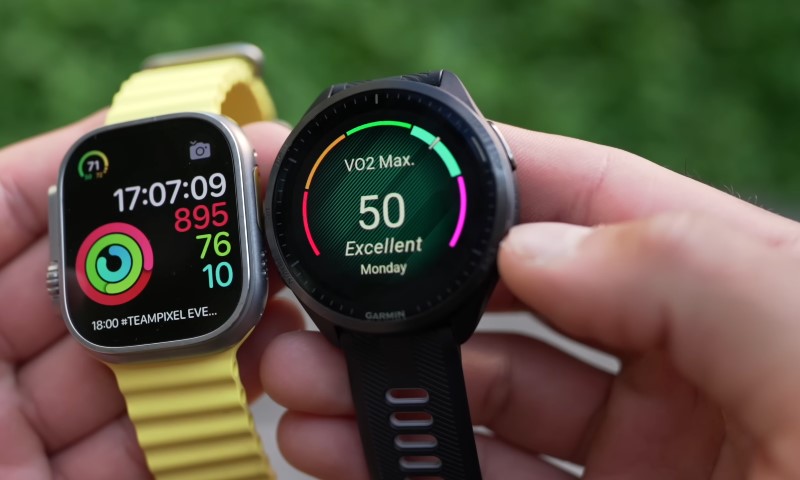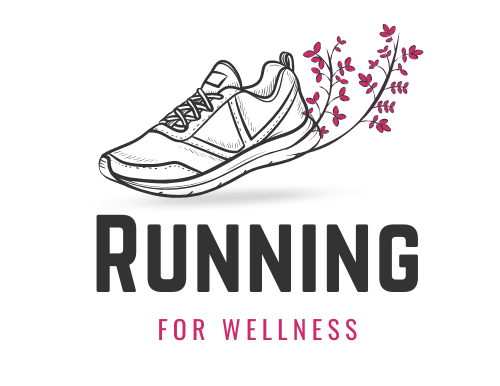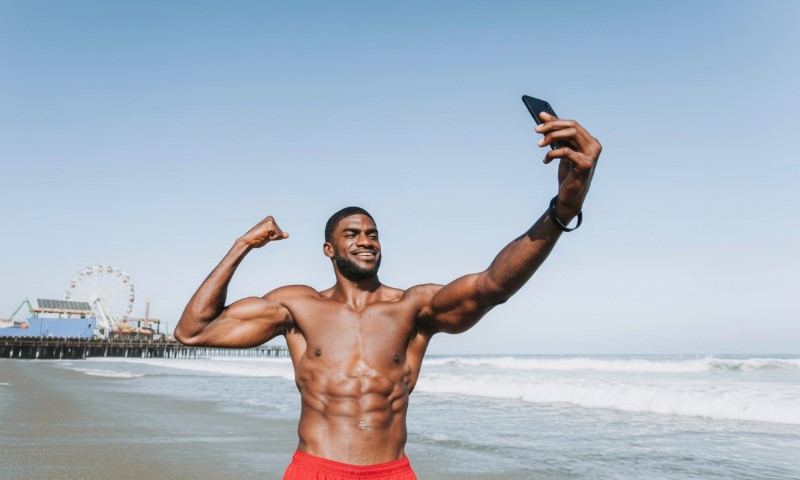Influencer marketing in the fitness sector keeps accelerating as consumers trust creators who demonstrate consistency, effort, and relatable progress.
Audiences respond to creators who share daily habits, setbacks, and personal wins rather than polished perfection.
Authenticity, niche resonance, and community interaction now matter far more than large followings.
Strategic collaboration with aligned fitness creators leads to stronger trust, higher engagement, and measurable growth across brand channels.
1. Define Your Fitness Niche and Target Audience
Fitness consumers fall into precise categories that carry distinct motivations, preferred formats, and communication expectations.
Narrowing your niche strengthens relevance, improves message accuracy, and prevents wasted promotional spend.
HIIT-focused athletes often want fast-paced routines designed to maximize intensity and time efficiency.
Postpartum moms look for safe rebuilding programs that restore mobility, energy levels, and personal confidence.
Biohackers care about quantifiable results supported by wearables, recovery systems, supplements, and tracking tools.
Clear personas provide essential guidance for platform choices and messaging style. That clarity becomes stronger when brand teams outline specific traits such as:
- Platforms they enjoy like TikTok for quick momentum or Instagram for structured visuals
- Motivators such as aesthetics, performance, personal achievement, emotional renewal, or longevity
- Tone preference such as motivational coaching, humorous commentary, or clinical instruction
Greater precision leads to partnerships that resonate deeply with the intended audience and convert more effectively.
2. Find Influencers That Align With Your Brand Values
Brand fit consistently outperforms reach.
A plant-focused supplement brand immediately loses credibility by collaborating with a ketogenic creator because philosophies conflict.
Alignment must extend into routine choices, lifestyle habits, and communication style.
Partnerships feel more authentic when creators already practice values that match the brand.
Selection becomes stronger through several evaluation practices. They may include:
- Analyzing engagement quality instead of relying on follower numbers
- Reading captions and comments to check for honesty, clarity, and transparency
- Observing creator interaction patterns to confirm that they actively nurture their community
- Considering micro and nano creators who usually maintain more loyal audiences and produce higher conversion rates
- Using platforms like SocialWick to assess influencer potential and boost visibility for brand-aligned creators through strategic social media growth support
Aligned creators communicate with genuine confidence, which increases audience trust and encourages stronger recommendations.
3. Launch Challenge-Based Campaigns to Spark Engagement

Challenge-centered campaigns energize fitness audiences because participants enjoy structure, accountability, and visible progress.
Consumers form stronger habits when they follow daily tasks, shared milestones, and group-based encouragement.
Participation rises when creators lead challenges that feel achievable, enjoyable, and consistent.
Certain formats show higher performance across the fitness space. Strong options include:
- 30 Day Movement Challenge used by 78 percent of brands according to AWISEE
- Train With Me routines that incorporate branded gear during guided workouts
- Before and After mindset shifts that highlight discipline, habit changes, and emotional growth
Tracking progress inside apps like Strava or MyFitnessPal encourages more user-generated content.
Structured challenges create daily touchpoints, increased tagging, and stronger community momentum.
4. Build Community and Long-Term Partnerships
One-off posts rarely shift consumer behavior. Longer collaborations help creators naturally integrate products into their lifestyle, which increases credibility and strengthens loyalty among followers.
Consistency allows audiences to observe real usage patterns across seasons, training cycles, and life stages.
Long-term partnership formats have a strong impact on community attachment. Helpful examples include:
- Ambassador programs that feature creators through extended periods
- Content arcs lasting three to six months that showcase deeper product involvement
- Branded workout programs, retreats, or themed bootcamps
- Joint livestream sessions and interactive events that foster meaningful participation
Repeated exposure keeps your brand present at critical decision moments and reinforces trust across the user journey.
5. Repurpose Influencer Content Across Platforms
Influencer collaborations generate versatile material that can be adapted across multiple channels.
Repurposing extends each asset’s lifespan and increases marketing efficiency.
Audiences interact differently on each platform, so flexible distribution enhances reach and message consistency.
Several repurposing techniques help maximize impact. Useful approaches include:
- Turning short TikTok clips into longer educational blog articles
- Converting Instagram stories into carousels or adding them to newsletters
- Cutting longer YouTube workouts into Shorts, Reels, ads, or paid social highlights
Strategic reuse keeps messaging consistent as prospects move through awareness, consideration, conversion, and retention stages.
6. Measure What Matters: Key Metrics for Fitness Campaigns
Performance tracking creates clarity around which creators truly motivate their audience and which formats produce meaningful movement in your funnel.
Many brands fall into the trap of evaluating partnerships through surface-level popularity, yet fitness campaigns succeed when teams focus on actions that signal intent, trust, and behavioral change.
Action-oriented indicators reveal genuine influence. Metrics that demonstrate participation and commitment offer far more insight than a wide but passive reach.
Strong analysis uncovers which posts spark curiosity, which creators drive loyal engagement, and which moments push people toward a purchase, sign up, or download.
Certain indicators deserve close attention. A summary of core areas includes:
- Saves, shares, comments, replies, and other moments where viewers actively participate instead of scrolling
- Referral clicks, discount code activity, and conversions attributed directly to influencer content
- Watch time, completion rate, and replay rate that reveal audience interest and content quality
- Sign ups, subscription activations, or app installs connected to campaign objectives
Regular tracking guides better planning by highlighting where the budget performs strongly and where adjustments improve impact.
7. Leverage Trends and Tech to Stay Competitive

Fitness audiences adopt innovation quickly.
Brands that let creators experiment with new tools often secure faster attention and stronger authority.
Emerging technologies and expanding wellness categories are reshaping consumer expectations in 2025.
Current developments reveal promising opportunities. Notable examples include:
- AR powered workout sessions that increase immersion
- Wearable integrations supported by WHOOP, Apple Health, and similar platforms
- Wellness-focused content that covers emotional balance, hormonal health, and recovery habits
- Inclusive fitness material that supports adaptive athletes and gender-neutral routines
Creators who adopt rising formats early often influence new behaviors and accelerate brand adoption.
Final Thoughts
Influencer marketing in fitness thrives when brands treat creators as collaborative partners instead of short-term promotion channels.
Partnerships built on relevance, engagement, and shared values cultivate trust and spark participation.
Sustainable growth comes from community involvement, consistent creator relationships, and content that motivates people to take action.
Related Posts:
- How Can You Start a Career as a Running Coach?
- How Long Does It Take to Train for a Half Marathon?
- How Far Is a Half Marathon? Everything You Need to Know
- 25 Simple Running Motivation Tips To Get You Moving
- Lower Back Pain While Running? Here's What You Need to Know
- 6 Best Running Playlists Music for Every Pace and Mood







